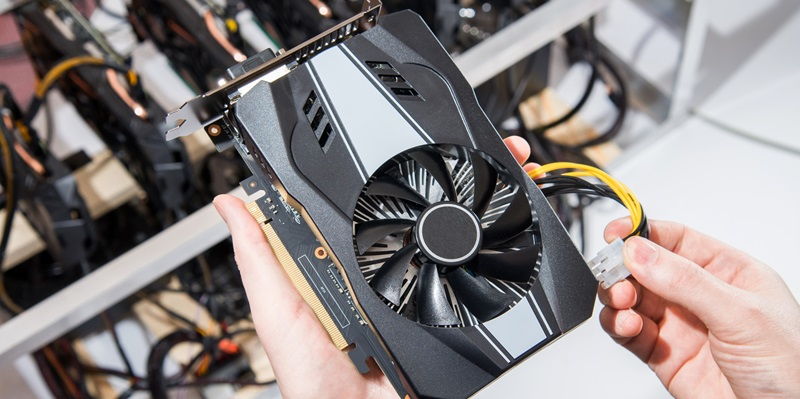NVIDIA has made waves in the gaming world once again with the revelation of their latest graphics card innovation – the GeForce RTX 4060 Ti. This powerful GPU has been ingeniously fitted into a single-slot cooler design, finally giving budget-conscious consumers access to high-performance gaming without sacrificing space or thermal efficiency.
Benefits for Budget Consumers
The addition of the GeForce RTX 4060 Ti is a game-changer for budget consumers. It offers remarkable value for its price point, delivering impressive gaming performance without breaking the bank. Now, more users can enjoy the benefits of ray tracing, DLSS, and other cutting-edge technologies without compromising their budget.
Blower Designs for Pre-Builts and Mini-ITX Builds
Blower designs have become a popular choice for pre-built systems and compact mini-ITX builds, and for good reason. These designs feature a compact form factor and are highly effective in efficiently pushing hot air out of the system. By expelling hot air from the rear of the graphics card, rather than recirculating it within the case, blowers help maintain optimal thermals in constrained spaces, ensuring stable and reliable performance.
Unveiling of NVIDIA’s First Single-Slot GeForce RTX 40 Graphics Card
In a breakthrough moment, hardware enthusiasts were treated to the unveiling of NVIDIA’s first single-slot graphics card, the GeForce RTX 4060 Ti 16 GB. MEGAsizeGPU, a trusted source of industry leaks, shared the first glimpse of this remarkable innovation. By squeezing the power of the RTX 40 series into a single-slot design, NVIDIA has revolutionized the potential for compact gaming builds.
Physical Specifications of the GPU
The GeForce RTX 4060 Ti measures 267mm in length, making it compact enough to fit into tight spaces while providing a substantial performance punch. Its single-slot design further enhances its versatility, enabling easier integration across a wide range of systems. NVIDIA has paid close attention to the card’s physical footprint, ensuring that it does not compromise performance or thermal efficiency.
Ventilation and Cooling Features
To maintain optimal cooling, the GeForce RTX 4060 Ti features minimal air cutouts above the I/O ports. This design optimizes airflow, allowing cool air to enter the graphics card and exhaust hot air efficiently. Although it features a single small onboard fan, rest assured that NVIDIA has engineered it to provide effective cooling despite the compact form factor.
Power Connection and PCIe Lane Limitation
The card is equipped with a single 8-pin power connector at the rear end, ensuring a stable power supply without overwhelming cable management. However, it’s worth noting that the GeForce RTX 4060 Ti is confined to eight PCIe lanes, which may slightly limit its bandwidth capabilities. Nonetheless, this limitation is a trade-off for the advantages of a single-slot design and should not significantly hinder overall gaming performance.
Release Details and Future Expectations
As of now, specific release details for the GeForce RTX 4060 Ti single-slot variant have yet to be revealed. However, fans and enthusiasts can expect NVIDIA to make an official announcement in the near future. Speculations regarding release dates and expected availability are buzzing among the tech community, building anticipation for what could be a game-changing offering for compact system builders.
The introduction of the NVIDIA GeForce RTX 4060 Ti marks a major milestone in graphics card design. Its single-slot cooler design offers an exceptional solution for gamers with budget constraints or limited space in their systems. With its impressive performance, affordable price point, and consideration for efficient cooling, the GeForce RTX 4060 Ti is poised to become a preferred choice for those in search of a powerful and compact GPU. As release details unfold, gamers and hardware enthusiasts eagerly await the opportunity to experience the unparalleled performance offered by this groundbreaking innovation.

